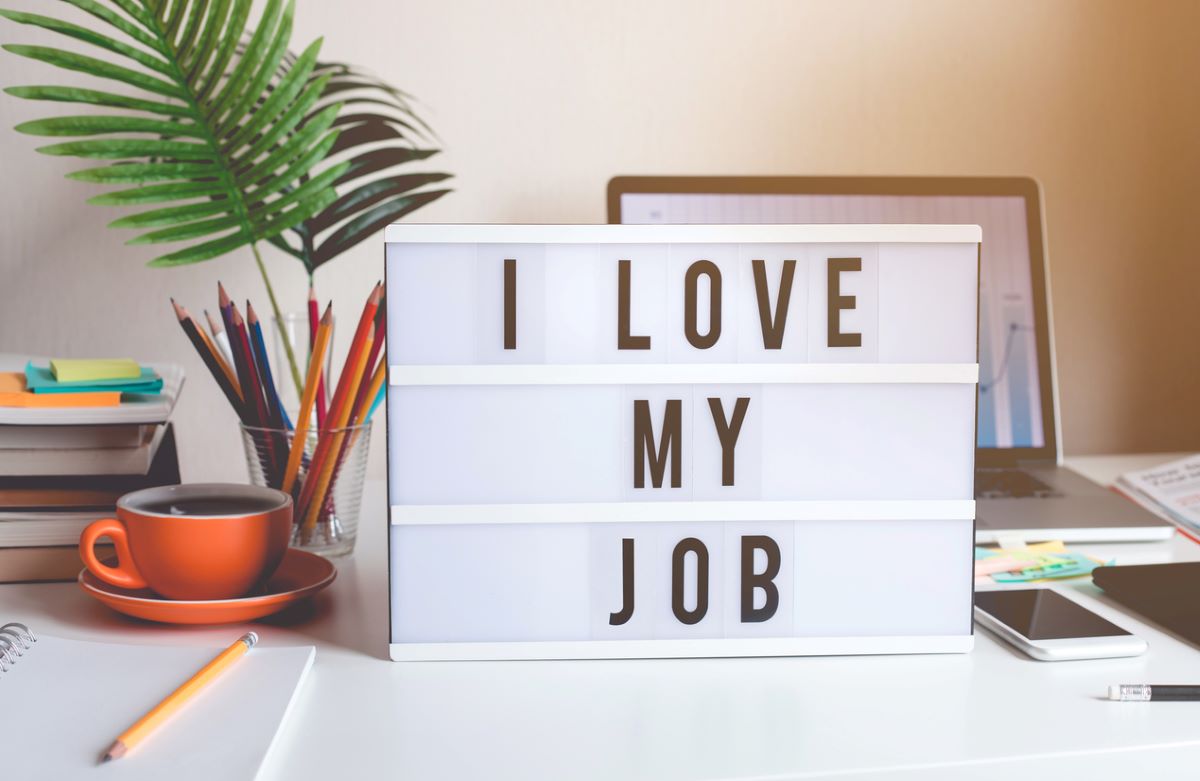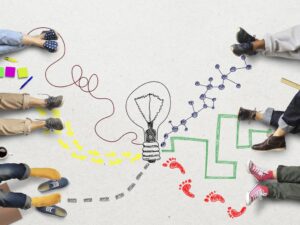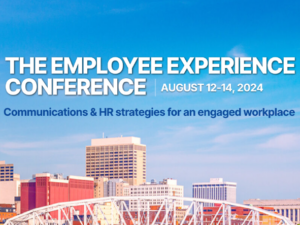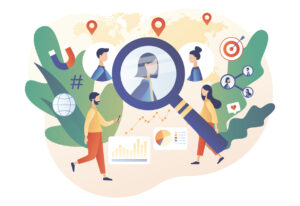How and why to prioritize the employee experience
The right technology applied correctly can help built trust and connect employees virtually.

Employee disengagement has become a worldwide epidemic during COVID-19 and companies that fail to address it face poor culture, high staff turnover and low productivity.
According to renowned best-selling author and speaker Simon Sinek, the best way to meet this challenge is to adopt an empathetic, purposeful and prescriptive approach to employee experience.
Just a few weeks ago I had the pleasure of speaking to Sinek as he headlined the Let’s Connect event series with LiveTiles. We agreed that the best leaders have seized the opportunity during COVID-19 by proactively asking their employees “are you okay?”
“Many of them picked up the phone and called their people one by one,” Sinek told us, adding that this mindset shift has been central to the way great leaders manage performance. “Immediately, if someone’s performance was in decline we picked up the phone and said, ‘Are you OK? Is something wrong?’”
The numbers back this up. According to a new LiveTiles global survey of 7,000 workers, 38% of employers worldwide have improved their communication in the last year. That’s great news.
It’s clear, though, when you look deeper at the stats not enough leaders have done this, or these learnings haven’t been applied consistently. According to Gartner, 80% of the global workforce currently feel disconnected, while a report from Qualtrics shows only 53% of employees said they felt engaged at work.
Given employee engagement and employee retention are intertwined, companies have a choice. Make employee experience and engagement a priority or be thrust deeper into the global war for talent. This could prove an existential issue for many companies in 2022 as economies open up and individuals seize control of their lives again.
Sinek is the man behind “How Great Leaders Inspire Action,” one of the five most viewed TED Talks of all-time. He told our Let’s Connect audience if companies want to stop the rot in employee experience and engagement, they need to make their measurements more elemental with metrics geared towards trust and culture.
“One of the main reasons that we tend not to measure these things is not because they’re unmeasurable, it’s because they’re just harder to measure,” Sinek said. “We tend to measure the things that are easy to measure, numbers, revenues, profits, market share, just because it’s easy.”
In a COVID-19 world, that’s trickier and probably goes a long way to explaining the statistics from Gartner and Qualtrics. It might sound a bit highfalutin, but one of my favorite quotes from our time together with Sinek was when he quoted the famous violinist Isaac Stern, “Music is what happens between the notes.”
While our organizations might not always seem like a finely honed concerto from Vivaldi, Sinek likened great workplaces to great music in this respect where “trust” is built between meetings. Those “Oh yeah, I just remembered I need your eyes on this” moments when you bump into each other are incremental. Everyone knows those moments provide workplace culture the depth it really needs to maintain engagement and deliver business outcomes.
But how do you replicate that in an increasingly virtual world of work? I don’t know about you, but a lot of our customers either have workforces that don’t want to come back to the office full-time, or remote workers that have a different experience to head office. How do you bridge these divides?
Again, Sinek said we have the technology to do it, it’s about the application. We need to be prescriptive and courageous, by doing things like turning on our webcams during work hours just to hang out.
I must confess, we haven’t done this yet. But we’re now looking into it. It might feel a little weird, but we’ve got to rethink how we collaborate if we want to extract the value of being in the company of our colleagues when we’re not physically in the company of our colleagues.
“They both have each other’s picture up and they’re just sitting there working and every now and they can look up and say hi, or ask a question,” said Sinek. “It’s sort of like pretending that you’re sitting in the same office together. Point is, all of these things are done prescriptively.”
Employees need to feel, and indeed be, seen and understood by their company to reach the heights of employee experience. The right technology applied correctly can do the trick. But it takes creativity and courage.
This article is in partnership with LiveTiles.
Karl Redenbach is LiveTiles’ co-founder and chief executive officer.
About LiveTiles
LiveTiles creates workplace technology for companies of all sizes to connect their employees to everything they need at work for a more personal, productive and purposeful experience. From complex digital workplaces to quick-to-deploy mobile apps, our solutions help connect people to the very best employee experiences.
LiveTiles have operations spanning North America, Europe, Asia and Australia, and services over 1,000 enterprise customers in over 30 countries. LiveTiles was named by The Australian Financial Review as Australia’s fastest growing technology company in 2020 and by Forrester as a leader in this space globally.






